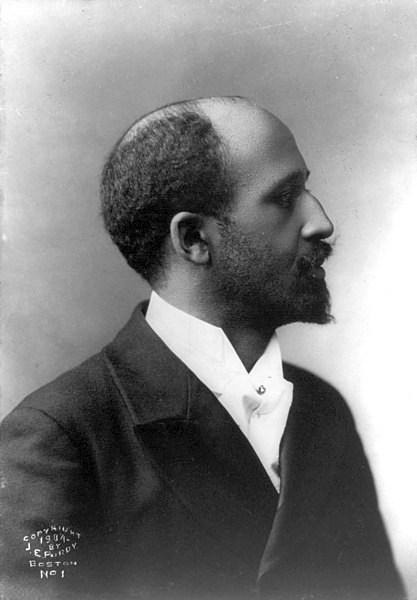The Niagara Movement (NM) was a civil rights organization founded in 1905 by a group of activists—many of whom were among the vanguard of African-American lawyers in the United States—led by W. E. B. Du Bois and William Monroe Trotter. The Niagara Movement was organized to oppose racial segregation and disenfranchisement. Its members felt "unmanly" the policy of accommodation and conciliation, without voting rights, promoted by Booker T. Washington. It was named for the "mighty current" of change the group wanted to effect and took Niagara Falls as its symbol. The group did not meet in Niagara Falls, New York, but planned its first conference for nearby Buffalo. The Niagara Movement was the immediate predecessor of the NAACP.

A photo illustration of some of the attendees at the first Niagara Conference. Top row, left to right: H.A. Thompson, New York; Alonzo F. Herndon, Georgia; John Hope, Georgia, (possibly James R.L. Diggs). Second row, left to right: Fred McGhee, Minnesota; Norris B. Herndon; J. Max Barber, Illinois; W.E.B. Du Bois, Atlanta; Robert Bonner, Massachusetts, (bottom row: left to right) Henry L. Baily, Washington, D.C.; Clement G. Morgan, Massachusetts; W.H.H. Hart, Washington, D.C.; and B.S. Smith, Kansas.
William Monroe Trotter, 1915 photomechanical print
W. E. B. Du Bois, 1903 portrait
Erie Beach Hotel, Fort Erie, Ontario, Canada. Destroyed by fire in 1975. Not to be confused with current Erie Beach Hotel in Port Dover, Ontario.
William Edward Burghardt Du Bois was an American sociologist, socialist, historian, and Pan-Africanist civil rights activist.
Portrait by James E. Purdy, 1907
The title page of Du Bois's Harvard dissertation, Suppression of the African Slave Trade in the United States of America: 1638–1871
Du Bois in 1904
Founders of the Niagara Movement in 1905. Du Bois is in the middle row, with white hat.







